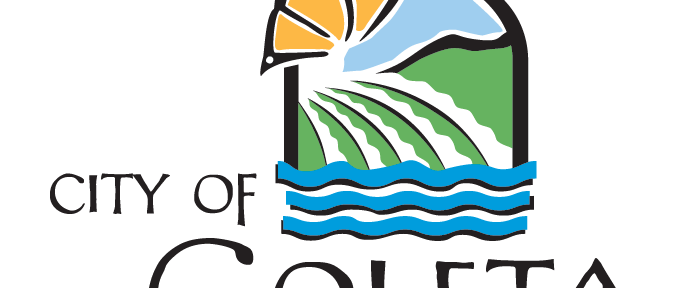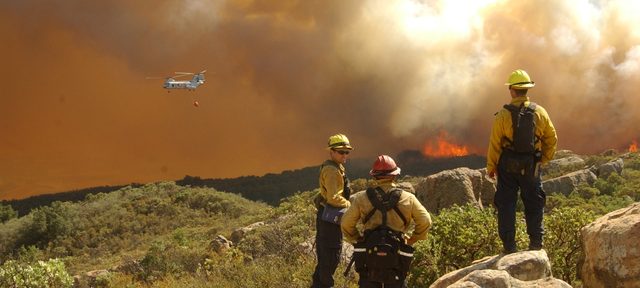The Goleta City Council recently passed its budget for 2013-14 and 2014-15. Over the last several months, the Council and staff had numerous discussions on what a budget package could look like and how it would represent the values and priorities identified by the City Council. The new budget is structurally balanced. This means that the City is planning to spend less money than it expects to take in.
Goleta’s anticipated revenue has grown for several reasons. The first is that hotel stays have increased, and this has generated additional revenue through collection of the transient occupancy tax (TOT). Second, the TOT rate increased from 10% to 12% on January 1, 2013, thanks to voter support of Measure H last fall. Finally, the City now retains 100% of the TOT collected (no longer sharing that revenue with the County as was required over the previous 10 years). However, other local taxes (such as sales and property taxes) continue to be shared with the County.
The City is cautiously optimistic about future revenues, but it is important to remember that not all sources of revenue are the same. Property tax revenue is fairly stable. However, TOT is variable and can change with any economic rise, down turnor natural disaster. Sales tax also fluctuates although it is less risky than TOT. The Council was careful to take these into consideration when looking at future income and has an ample reserve to be able to respond to any changes.
With this new revenue, the City Council decided to invest in a number of important items:
• An additional motorcycle police officer (bringing the total to four)
• Continued street repairs and maintenance
• Tourism initiatives through the Goleta Valley Chamber of Commerce
• Greater funding for outside agencies and non-profits such as the Goleta Valley Senior Center and Safe Routes to Schools
• Additional staff to help move the City’s ambitious Capital Improvement Program forward
• A reserve for building a City Hall rather than continuing to lease space
The Council also allocated one-time money for a new zoning code and housing element, infrastructure needs at City Hall and environmental studies needed to complete the wild land fire and butterfly habitat management plans.
The complete budget document is available on the City’s website and at the public counters at City Hall.





